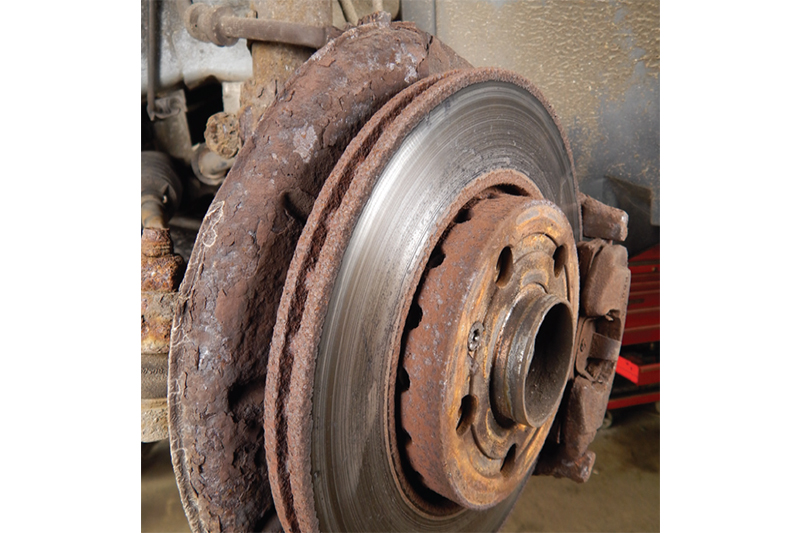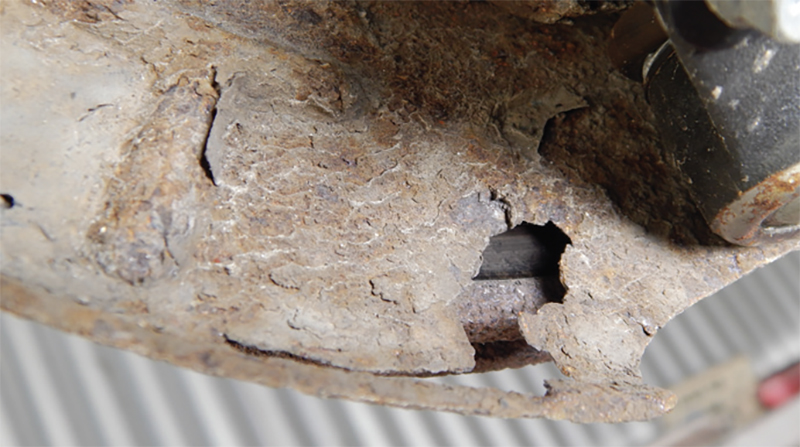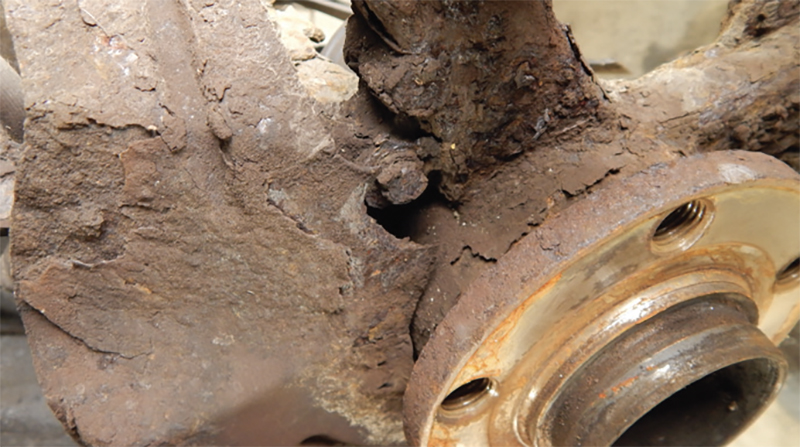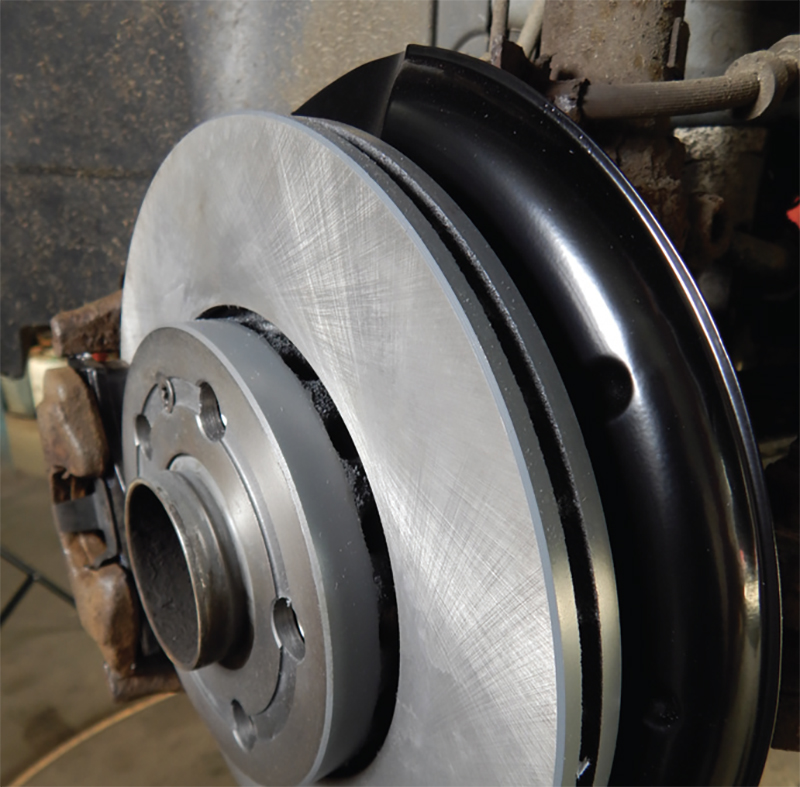
Febi outlines everything you need to know about brake disc shields.
A vehicle’s braking system aims to create the necessary braking force to reduce the vehicle’s speed and prevent it from moving when parked. The vehicle’s braking system must give a rapid, balanced response when required, resulting in a short stopping distance, with even braking effect and precise control. It should also be resistant to road debris and corrosion, giving high reliability and durability.

Protecting discs
There are two main types of friction brakes used on vehicles; predominantly, disc brakes are used on most cars, whereas drum brakes are generally used for the rear brakes of smaller passenger cars. A characteristic of disc brakes is that they have a much greater resistance to heat loads and heat dissipation capacity than drum brakes. In addition, the direct contact of the friction material with the rotating brake disc results in maintaining a high braking torque for a more extended period. This means they do not undergo mechanical distortion during operation due to temperature build-up compared to drum brakes. In addition, rapid distortion is prevented by the uniform distribution of the friction metal pressure on the brake disc’s contact surface.

However, there is a risk to the exposed brake disc surface from road debris and rapid temperature changes, leading to brake disc fractures and distortion. Therefore, protective shields are mounted behind the disc brake assembly, protecting the discs, pads and hoses from constantly being exposed to dirt, and dust contamination from both the road and the friction material produced as the pads and discs wear while being used. Consequently, they help to maintain the vehicle’s braking performance.
In turn, they also protect hot discs by reducing the amount of sudden cold water that can splash them and cause them to distort or crack whilst driving in wet road conditions.
They also protect the electronic components in the brake system, such as the wheel speed sensors, brake pad wear sensors and the associated wiring, from heat and debris, along with all the associated steering and suspension components that are close to the disc brake assembly.
This protective part of the disc brake system and other parts of the brake system are subject to evaluation. In addition to routine maintenance and the regular vehicle inspection procedure, a vehicle is inspected to ensure that it conforms to safety and emissions regulations.
If the shields deteriorate due to corrosion or distortion, this can be caused by the following:
- Premature wear and corrosion of the brake discs.
- Possibility of excessive contact with external factors, such as water and road debris, due to shield material losses caused by corrosion.
- Risk of damage to any of the fixings to the suspension and steering joints.
- Noise due to distortion, causing contact with rotating or moving parts.
- Excessive heat from the brakes affecting rubber or plastic components, causing melting or burning if the shield is missing or completely corroded.

febi brake disc shields are manufactured from pressed steel and are precisely formed to match OE. The steel is treated with a galvanised coating and then painted to give excellent anti-corrosion protection. An efficient and effective brake disc shield prevents the causes mentioned above and extends the service life of the braking system, providing safety for the driver and other road users.









